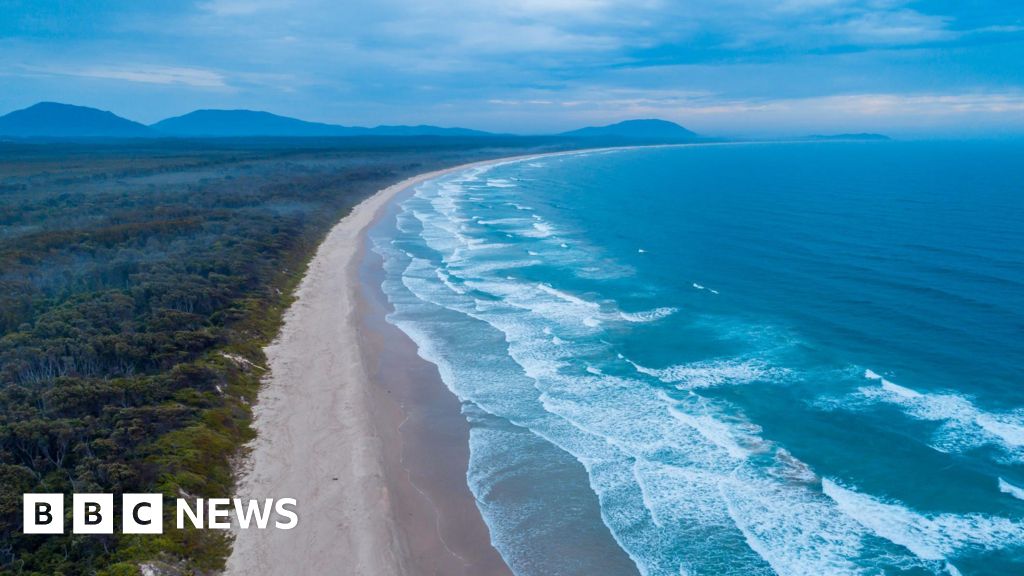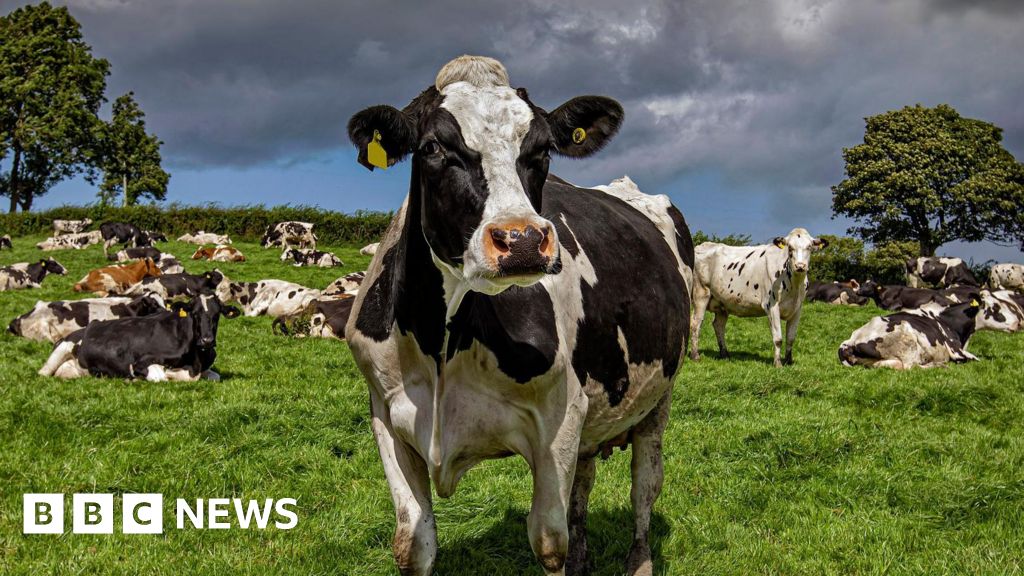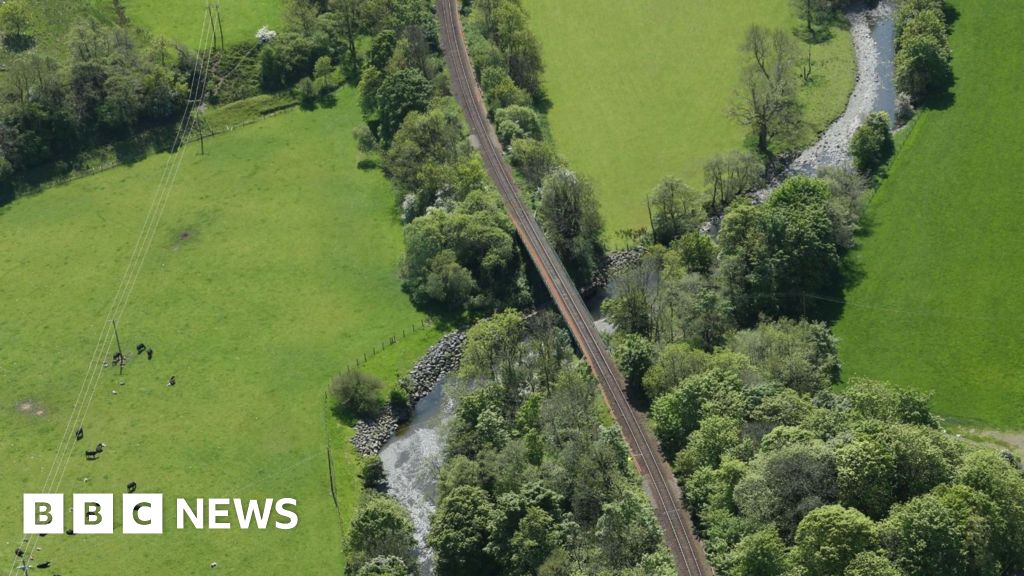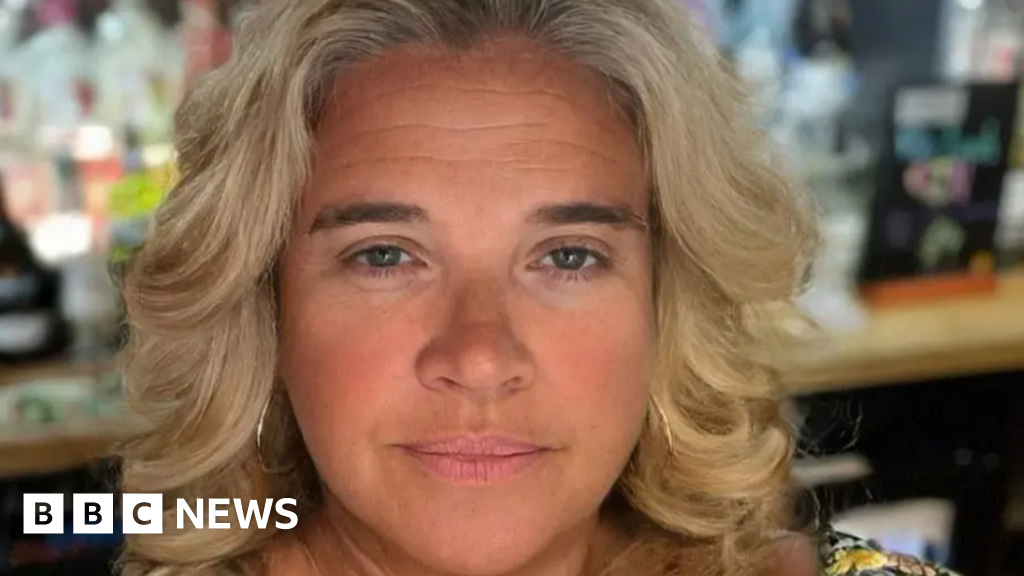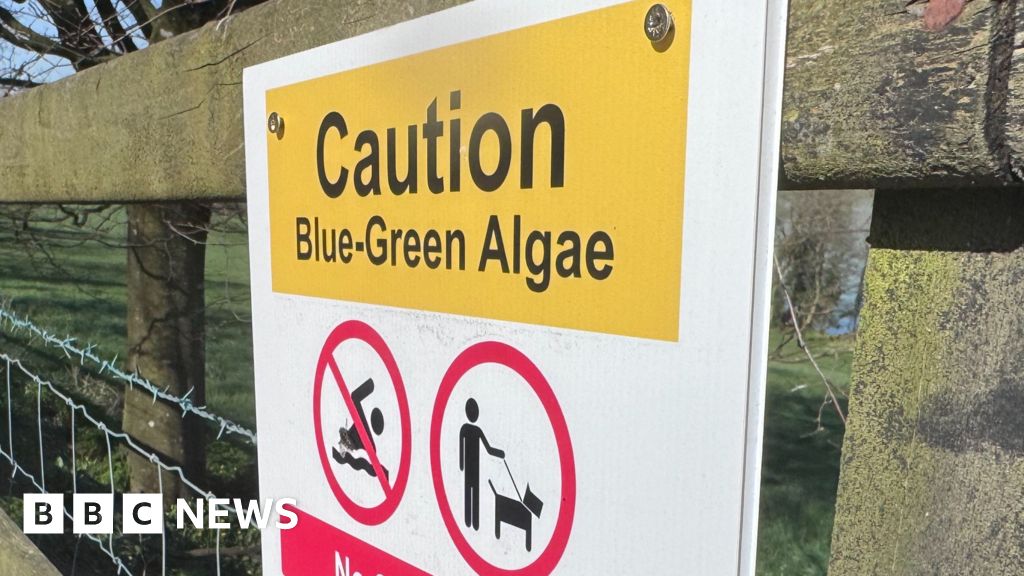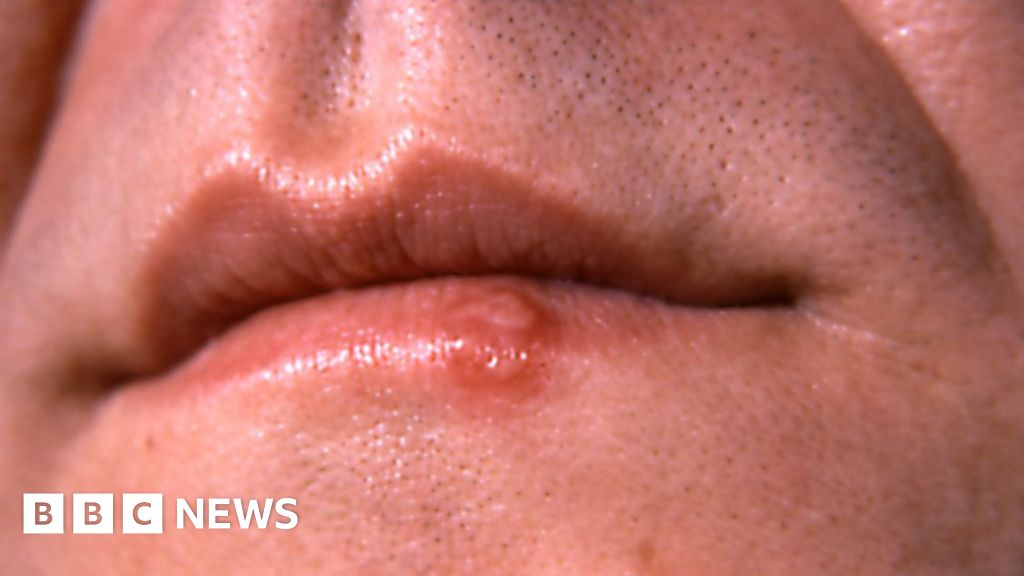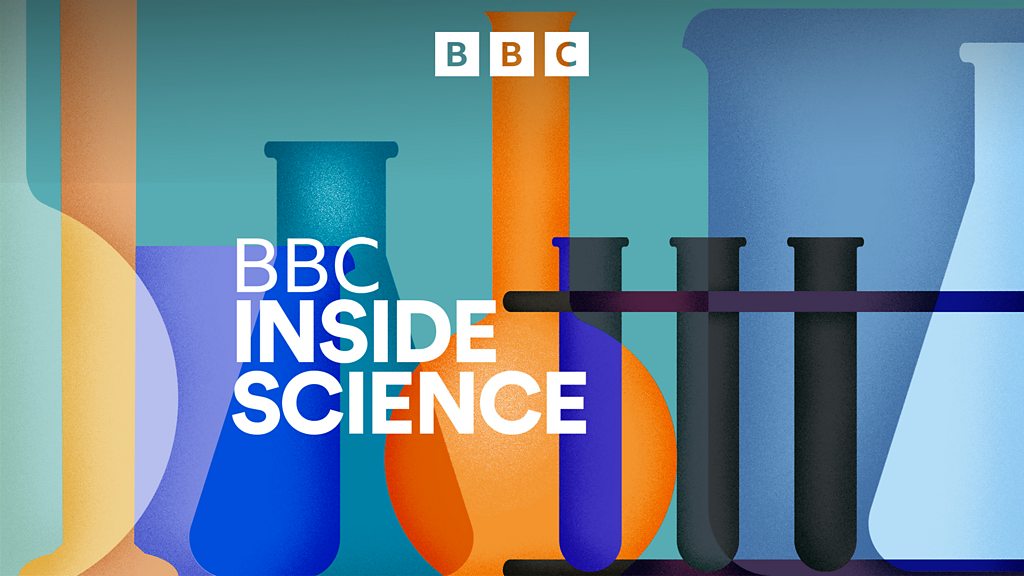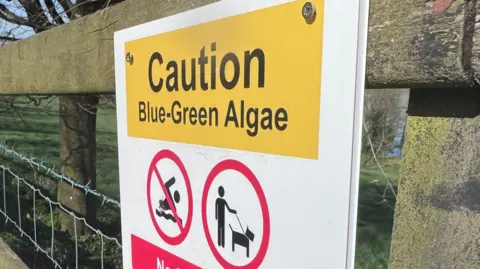 BBC
BBCWhat is blue-green algae?
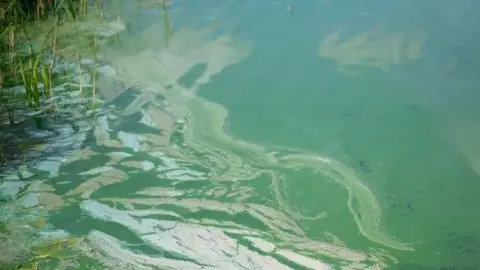
Blue-green algae, technically known as cyanobacteria, is a collection of microscopic organisms that are naturally present in lakes and streams.
Under certain conditions, blue-green algae can become abundant in warm, shallow, undisturbed, nutrient-rich surface waters that receive a lot of sunlight.
When this occurs, blue-green algae can form blooms that discolour the water, or produce floating mats or scums on the water’s surface.
The algae are bacteria, which can cause skin irritation and sickness in people who come into contact with it, but the biggest risk is to pets, livestock and wildlife.
What impact does it have on Lough Neagh?
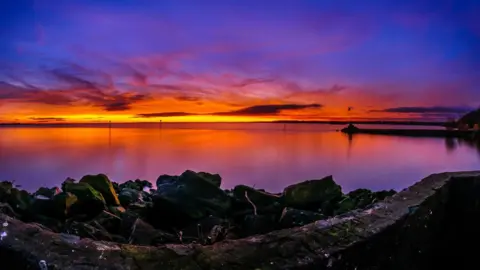 Mark Geddis/Getty
Mark Geddis/GettyThe largest freshwater lake in the UK supplies half of Belfast’s drinking water and 40% of Northern Ireland’s overall.
It is also home to the largest commercial wild eel fishery in Europe.
Sand-dredging, though controversial, has been a business on the lough for more than a century.
The lough and its catchment area is a vast ecosystem where species such as the curlew and the barn owl could be found in years gone by.
It has numerous environmental designations – special protection areas, special areas of conservation, areas of special scientific interest and Ramsar status.
Earlier this year, a team that monitors bird numbers around Lough Neagh, said they had noticed a “visible decline” in bird life around the lough.
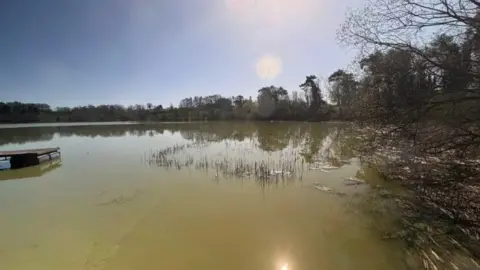
The NIEA said it was also monitoring potential sightings being circulated on social media.
The season’s first confirmed case was reported on 2 April at Martray Lough in Ballygawley, County Tyrone.
A second confirmed case followed in Ballysaggart Lough (Black Lough), in Dungannon, which was initially reported on 9 April and subsequently verified on Tuesday.
With the recent good weather, the Department for Agriculture, Environment and Rural Affairs (Daera) previously said it was “no surprise that we are beginning to see algae-blooms re-appear again this year”.
 Pacemaker
PacemakerA spokesperson for Daera said Minister Andrew Muir is “on record a number of times saying that there are no quick fixes, with problems decades in the making and decades in the fixing”.
“It is therefore unfortunately no surprise that we are beginning to see algae blooms reappear again this year, particularly with the good weather,” the spokesperson added.
They noted that the “scale and severity of blooms in the months ahead will depend on a number of factors, including weather conditions”.
The minister encouraged members of the public to report any suspected blooms using the Bloomin’ Algae App.
He said people submitting photographs and locations could help scientists in verifying blue-green blooms and updating the Daera Blue-Green Algae Map Viewer.









